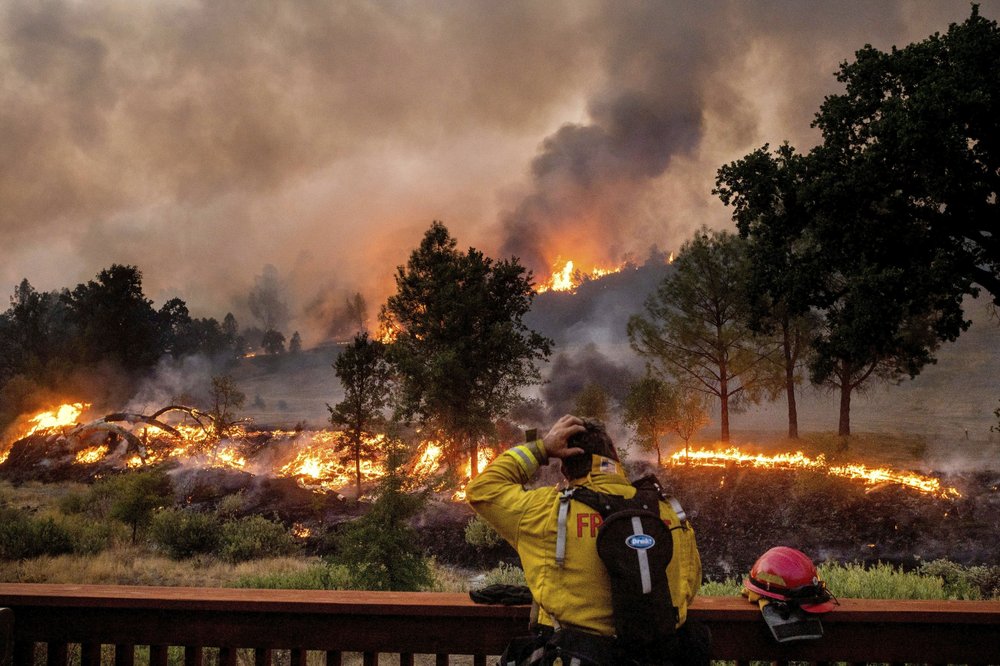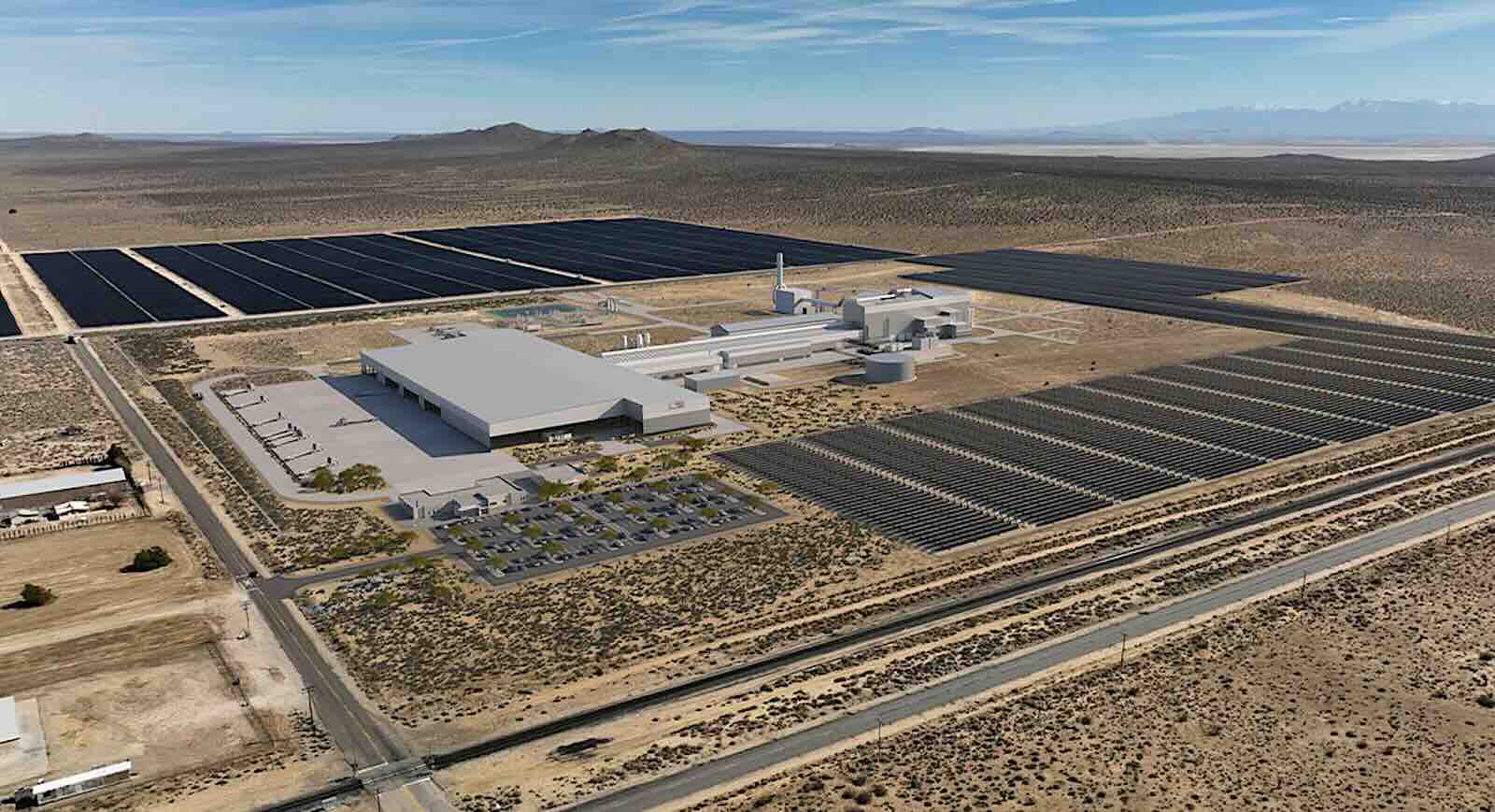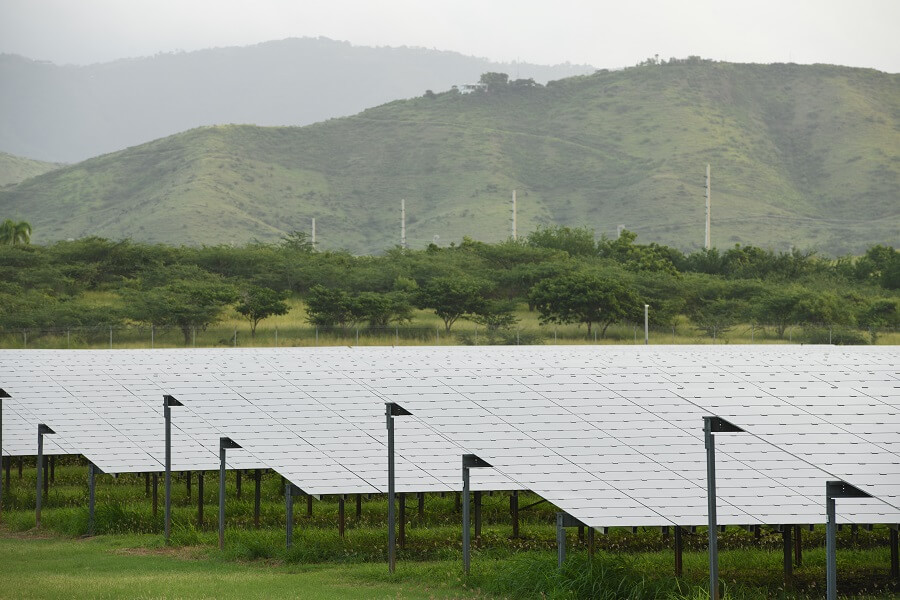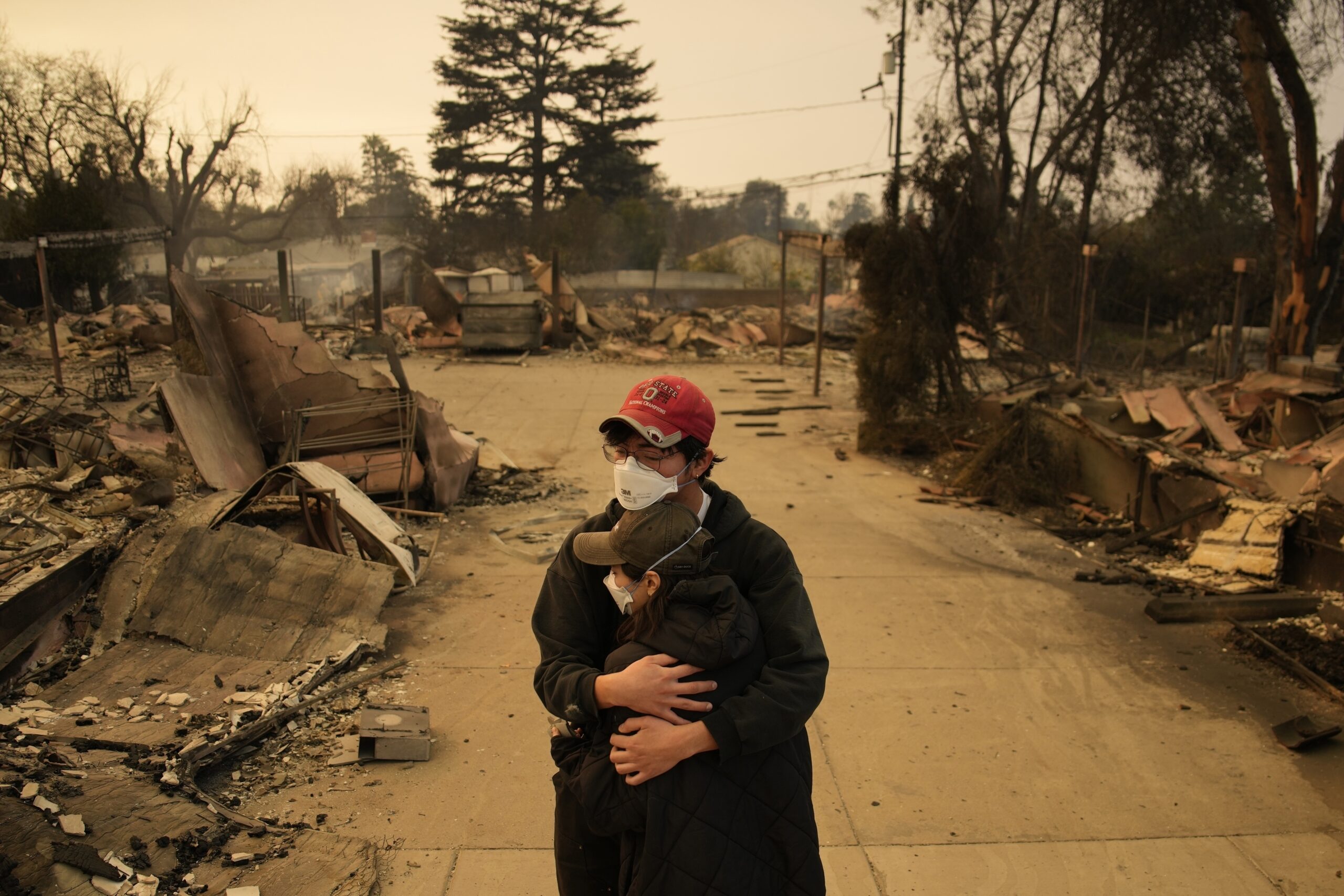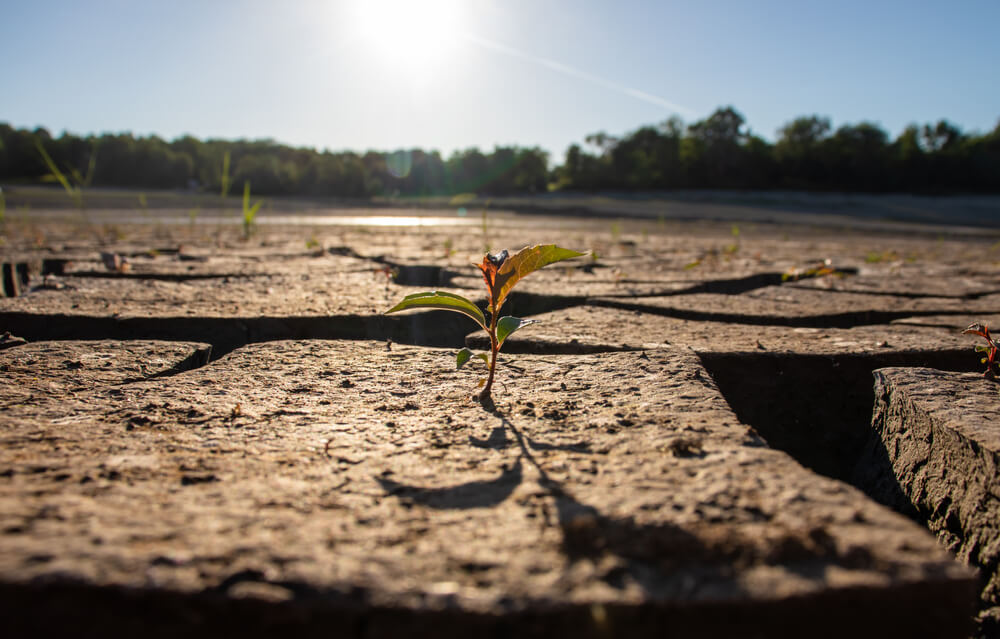ImpactAlpha, September 21 — In a corner of the Tahoe National Forest in California that has escaped this year’s devastating wildfires, crews have been working for several years to thin smaller trees, manage controlled burns and deploy other proven interventions to improve forest health.
How much such practices can actually reduce the intensity of wildfires on a large-scale is not fully clear. But a local utility, the Yuba Water Agency, is satisfied with the efforts. The utility is repaying the private investors who put up the money for the preventive measures.
“They’re paying for the increases and improvements in water quality and quantity, as well as the reduced fire risk to some of their infrastructure,” says Abby Gritter of Blue Forest Conservation, which arranged the “forest resilience bond” that paid for the work.
Policymakers are looking at such mechanisms to bring private financing to proven forest-health programs. Public funding for such efforts have been cut back in recent years, in part because ballooning firefighting costs have drained state and federal budgets (see, “Wildfires bring to the fore financing for forest resilience”).
Nearly 45,000 wildfires have burned more than 5.5 million acres in the U.S. so far this year.
“We can’t ignore the reality that these wildfires are being supercharged by climate change,” President Biden said on his visit to California last week. “It isn’t about red or blue states. It’s about fires. Just fires.”
Protecting communities
In many places across the U.S. west, forests have as much as 10 times the natural biomass. When combined with a hotter and drier climate, the region is a tinderbox prone to fires much hotter and more destructive than the natural wildfires that are beneficial to forest health.
The forest resilience bond let crews complete projects in four years that had been projected to take 10-12 years.
Investors, including the Rockefeller Foundation, the Gordon & Betty Moore Foundation, Calvert Impact Capital, and CSAA Insurance Group put up the upfront money to pay contractors to thin smaller trees, manage controlled burns and use other proven techniques. The water utility, along with state grants, like Cal Fire’s California Climate Investments Fire Prevention Grant Program, is repaying the investors. Unlike a true pay-for-performance contract, Yuba Water Agency is contributing fixed cost-share payment regardless of program outcomes.
Commercial investors get a return of 4% per year. Philanthropic investors receive 1% returns.
Blue Forest is gearing up to launch later this year its second forest resilience bond, also in Tahoe National Forest. The new site is closer to homes and communities, allowing Blue Forest to tout the benefits of preventing catastrophic fires like the Dixie fire, which destroyed the town of Greenville, Calif., last month.
“In addition to the wildfire resilience and health of the forest, there’s also an element of protecting communities,” Gritter said.
On a call convened by ImpactAssets last week, Rockefeller’s Adam Connaker said the foundation backed Blue Forest’s pilot project because it showed “real legs towards commercial capital.” Using forest resilience bonds to implement wildfire prevention on a large scale will require commercial investors, particularly insurance companies.
“This is a new financial market where commercial investors have not necessarily gone before,” said Connaker.



